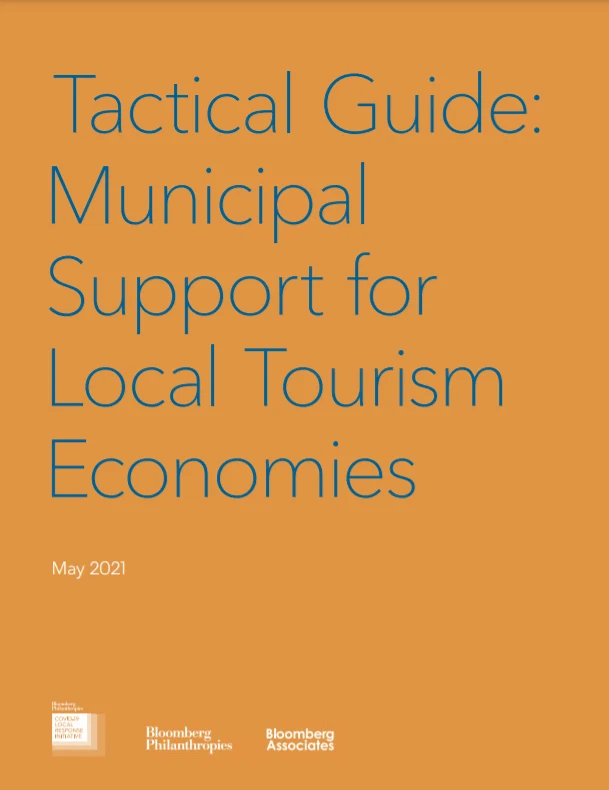Action
Take time to develop a city-wide plan to re-open, rebuild, and re-emerge stronger.
Why
Many tourism economies have been devastated and will be in turmoil for some time. A city-wide plan can help to build a common understanding and realistic assessment of the challenges and opportunities that your destination faces.
Case Study
City Tourism Recovery Plans
Cities, such as New York City, Auckland, New Zealand and Barcelona, Spain, have successfully galvanized their stakeholders behind plans to revitalize their tourism economies. These plans typically prioritize:
- Relief interventions to help businesses — and particularly artisans and cultural institutions — to survive and adapt, such as technical assistance, finance solutions, leasing opportunities and RFPs
- Communications and social media toolkits — to provide clear information to travelers, encourage local businesses to join the campaign, and tell good news stories about the destination
- Brand marketing — to place the city front-of-mind for travelers.
In many cases, the plans identify ways to capture more value from visitors and recognize that local tourism will need to be part of the solution. In some cases, the plans make conscious decisions to move away from mass tourism and reorient towards a more cultural and/or resident friendly tourism model.
How to adopt this approach
Given the scale of the crisis, it can be difficult to know where to start. As part of Bloomberg Associates’ support for municipal governments, we have found it helpful to think about answers to the questions in Appendix 1.

Do’s
- Do try to access data, research, and modeling to understand the size and shape of the pandemic’s impact on your tourism economy — with a particular focus on strategic tourism assets and vulnerable small businesses, and low income workers.
- Do bring industry stakeholders together to support the strategy development process, speak with one voice, and play their part in implementing it. Action 2 describes ways to do this.
- Do be realistic about what you can achieve. It would be better to deliver 3–4 actions with concrete benefits, than try to solve every challenge and deliver against none of them.
- Do focus limited resources on gaps in support from other governments, support for strategic assets, and programs which are important for the long term sustainability of your tourism economy.
Don’t
- Don’t activate tactical marketing too early. Multiple surveys show that travelers will not visit your destination unless they are confident that they can do so safely. Action 3 contains advice on ways to build their confidence.
